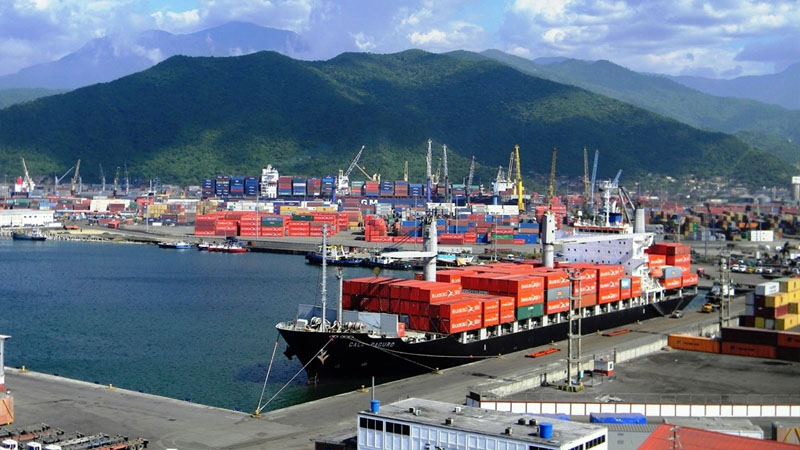Exclusive content

Venezuela’s shrimp export industry has amassed USD 190 million in sales last year, according to Eduardo Castillo, president of the Venezuelan Aquaculture Society (SVA). Despite facing competitive market pressures and logistical hurdles, the sector continues to flourish, with profits being reinvested extensively into the national economy.
Steady Production Growth
Castillo highlighted the sector’s upward trajectory, citing data from the Ministry of Fisheries and Aquaculture indicating a substantial increase in shrimp production. From 24,368 tons in 2019, production soared to 45,774 tons in 2023, marking an average annual growth of 20% over the past five years.
Notably, Venezuelan whiteleg shrimp has secured a place among the country’s top five export commodities. Despite primarily targeting international markets, with minimal domestic sales, the sector’s strategic focus on quality and sustainability has garnered international acclaim and certifications, enhancing its competitive edge globally.
Shift in Export Destinations
A notable shift has been observed in Venezuela’s shrimp export destinations. While the United States historically dominated, European nations, including France, Spain, and the Netherlands, now constitute approximately 70% of Venezuela’s shrimp exports.
Looking ahead, Castillo expressed optimism about Venezuela’s potential to ascend among the top three shrimp producers in the Americas, rivalling Mexico and Brazil. He emphasized ongoing efforts by Asoproco to explore new markets and uphold standards of environmental sustainability and social responsibility.
Rising Domestic Consumption
Despite traditionally being perceived as a luxury item in Venezuela, shrimp consumption is on the rise domestically. This trend is buoyed by falling prices and increased availability, which have broadened its appeal beyond affluent consumers. Recognizing the nutritional benefits of shrimp, efforts are underway to reposition it as a staple protein source through targeted promotional campaigns.